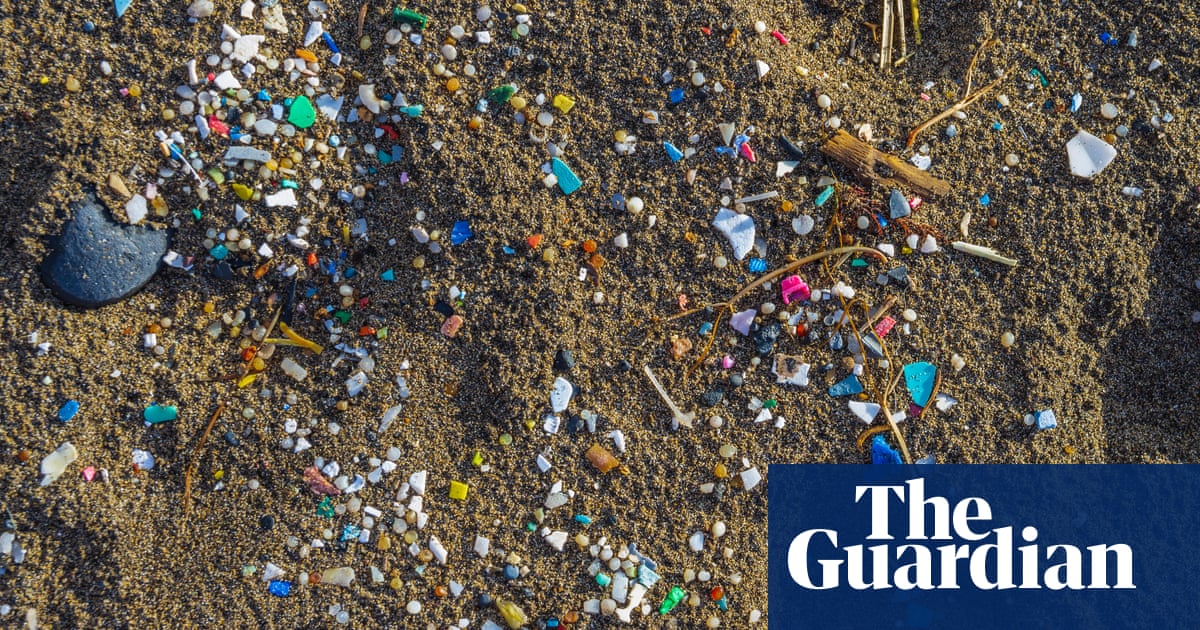Summary
A peer-reviewed study found microplastics in 99% of seafood samples from Oregon, with shrimp containing the highest levels.
Most microplastics came from clothing fibers, highlighting plastic pollution’s widespread impact. Researchers warn microplastics can carry toxic chemicals linked to cancer and other health risks.
Contamination occurs as marine life ingests plastic-laden plankton. While seafood is a major source, microplastics are also found in other foods.
Experts urge policy changes, including reducing plastic use and mandating washing machine filters to curb pollution at the source.



We’ve been washing polyester clothing and sheets for how long prior to microplastics being on the radar? Was water treatment filtering for it? Is it now?
Forget straws. We WEAR plastic.
How is most food irrigation accomplished? Through plastic. Drip irrigation in homesteading: plastic. Your “chemical free” homegrown veggie starts in those peat pucks: plastic mesh in plastic trays under plastic domes.
Need medical care? Septic? Dehydrated? Here’s a plastic and nylon catheter to the vein so we can drain fluids in a plastic bag through a plastic tube, right into your veins. And we will flush that IV with saline stored in plastic syringes each and every time. IV antibiotic? In a plastic bag.
My point is, at this point, we are and have been marinating in plastic, inside and out, for our basic essentials: food, sleep, hygiene, clothing, medicine. Of course it’s in the fish.
I’m convinced that plastics will be what ends humanity for good. Climate change will cripple us, but microplastics are already affecting our ability to reproduce.